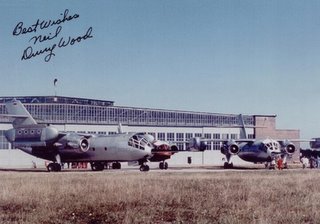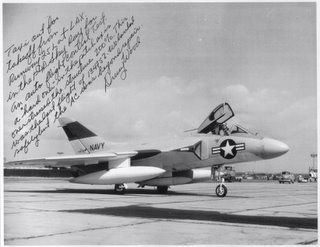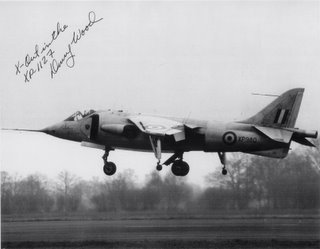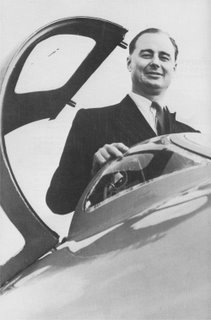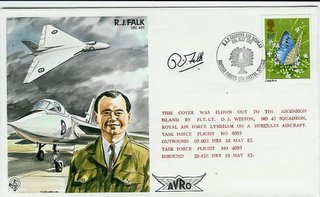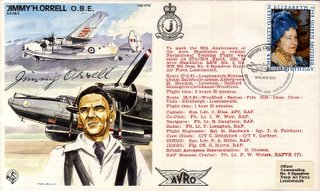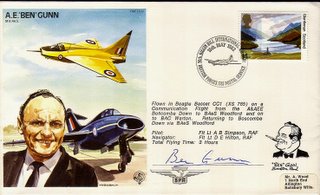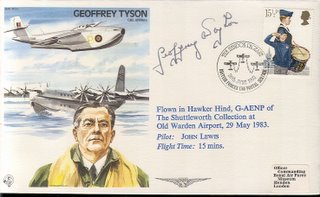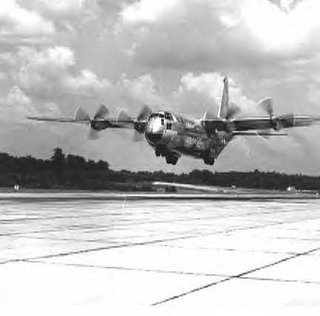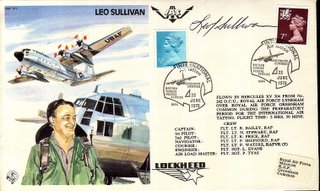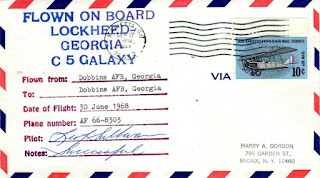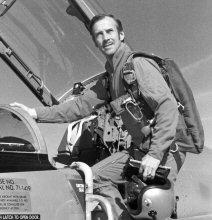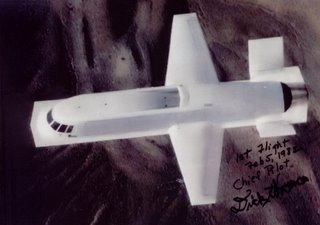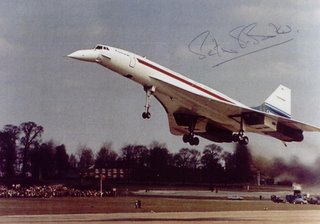Paul Millet OBE DSC FRAeS BSc 1931 -2009




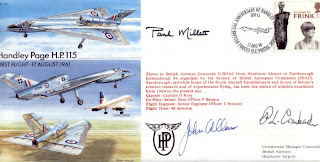
 On 14 Aug 1974 - The Prototype Panavia MRCA makes its first flight at Manching, West Germany, piloted by Briton Paul Millet.
On 14 Aug 1974 - The Prototype Panavia MRCA makes its first flight at Manching, West Germany, piloted by Briton Paul Millet.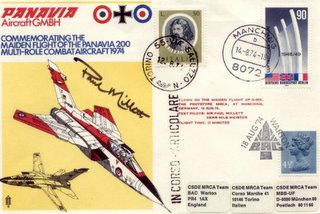 Paul Millett was born on March 2 1931 in Swindon. His father was an engineer and Paul was educated at the Commonweal School until he volunteered during National Service for a short service career in the Fleet Air Arm.He learnt to fly at RAF Syerston in Nottinghamshire and gained his wings in January 1951. His first operational aircraft was the Fairey Firefly, flying in 821 Naval Air Squadron from the carrier Triumph where an early endorsement in his logbook identified him as a natural aviator.His suffered his first accident when an engine failed and he crashed in an Irish bog: but Millett was already skilled enough to extend the glide to stop by an island so he could climb out without getting his feet wet.
Paul Millett was born on March 2 1931 in Swindon. His father was an engineer and Paul was educated at the Commonweal School until he volunteered during National Service for a short service career in the Fleet Air Arm.He learnt to fly at RAF Syerston in Nottinghamshire and gained his wings in January 1951. His first operational aircraft was the Fairey Firefly, flying in 821 Naval Air Squadron from the carrier Triumph where an early endorsement in his logbook identified him as a natural aviator.His suffered his first accident when an engine failed and he crashed in an Irish bog: but Millett was already skilled enough to extend the glide to stop by an island so he could climb out without getting his feet wet. From 1952 he fought in the Korean War. While coming in to land on the light carrier Glory in February 1953 the starboard wing of Millett's Firefly dipped and caught a wire as he cut the power. The aircraft crashed over the side and began to sink. As Millett was buffeted in the ship's wake he struggled to free his passenger, but both were picked up by the planeguard destroyer Comus. Millett went on to clock up, while still a sub-lieutenant, 100 combat sorties and 212 deck landings and was awarded the DSC. Returning to Britain, he was appointed to the Central Flying School to become an instructor, where he also flew his first jet, the Gloster Meteor.He taught flying in the Sea Fury, the Firefly and the Vampire jet and examined in instrument flying until in 1958 he was sent to ETPS.
In the two years after graduating from the Empire Test Pilots' School (ETPS) in 1958, Millett flew 44 types of aircraft including the twin-engine, stainless-steel Bristol T188 research plane. Millett was one of only three men to fly the T188, which was intended to investigate the effects of heat at supersonic speeds.The aircraft was not a success, however, as its engines kept stalling after it had broken the sound barrier. Indeed, after his second flight in the T188, Millett entered the officers' mess sporting a new 1000mph club tie and a silver "C" gliding badge, remarking that he had just flown the only aircraft in which he could qualify for both in the same sortie.
In the 1960s Millett tested the Blackburn Buccaneer low-level bomber. The official account of his flight on May 13 1965 was that "during level acceleration with flaps down, [the aircraft] developed progressive increase in nose-down attitude necessitating more and more stick until tailplane stalled. Crew ejected safely." In the cockpit, Millett's description of the same incident – as the aircraft plunged nose-down towards the ground from a low altitude – was considerably briefer and more robust: "Oh ----." He and his observer were lucky to survive and he was awarded the Queen's Commendation for Valuable Service in the Air.
On February 23 1971 Millett flew a pre-production model of the Anglo-French Jaguar from Preston to Istres (a journey of 738 miles) in 85 minutes and in September that year, after intensive test-flying, he flew a French pre-production model from Bordeaux to Warton, Lancashire, to continue engine development trials. His intensive flying enabled the first production Jaguar to roll out in May 1972, only two years after the British decision to order the aircraft. It would see service in the RAF for the next three decades.
In the 1970s, Millett flew the tri-national Multi Role Combat Aircraft, better known as the Tornado, testing the German prototype over West Germany on August 14 1974. Then after taxiing trials at Warton in October that year, and after days of delay for bad weather, Millett took off on October 30 for a 60- minute flight of breathtaking airmanship to show off the new British aircraft to the watching workforce. His display included a short supersonic run, low-level swept-wing passes and a full roll over the aerodrome, together with a touch and go landing and single-engine approach and climb-away. During a high-speed run over the airfield on a test flight in April 1975, Millett suffered a double-engine malfunction; he made a rapid but safe landing.
By July trials were progressing so well that a refuelling probe was fitted and tested by Millett, and soon after the aircraft entered service with the RAF. He was awarded the OBE for his services to aviation. Millett retired as British Aerospace's chief of flight operations to lead its al-Yamamah arms sales to Saudi Arabia. There he showed his leadership and diplomacy by establishing good relations with senior Saudi military personnel and various princes.



